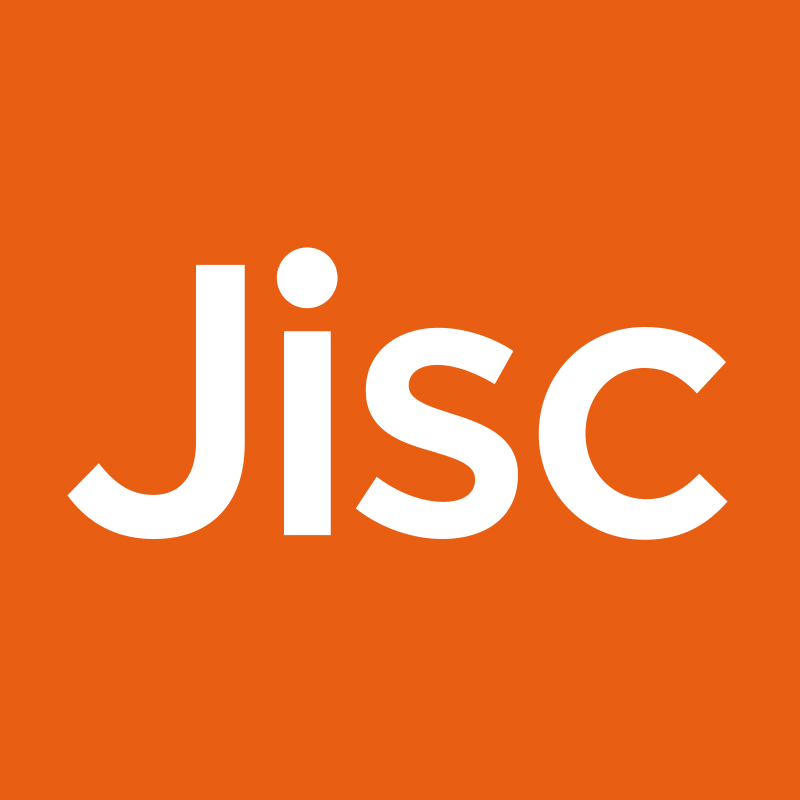It is customary for many digitisation projects to undertake user consultation activities during their development as a way to ensure that the content that is being digitised is relevant to the needs of target users. And so it should be.
However, while this activity is useful to ascertain the potential use that people might make of the content, in itself it doesn’t necessarily guarantee actual use of the content.
We need to raise the stakes of what to expect from digital content creation in relation to its use and the impact it can make.
Innovative approaches that are often adopted in the technology deployed for large scale digitisation projects, workflows or project management style, need be mirrored by innovative embedding activities from the outset of a project, so that resources start getting used soon after they become available online, at least by a core group of users – of course there will always be unexpected ways in which content will be used.
The opportunities for incorporating innovative embedding activities during a project are plentiful, especially with regard to how digitised collections can be used within teaching and learning.
– OpenLives, part of the current JISC Content programme 2011-13, Strand A: Digitisation and creation of Open Educational Resources (OER), has digitised oral testimonies, images and other ephemera that had been gathered through a previous research project on the experience of Spanish migrants to the UK and returning migrants to Spain.
The project’s blog describes how the team is embedding open research data in teaching and learning by creating OERs on research skills for oral history. Year 2 students have also been involved in creating interactive magazines based on the life experiences of the émigrés. A new module will be available at the University of Leeds based on the newly digitized collection, Discovering Spanish Voices Abroad in a Digital World. The project is lead by the University of Southampton in partnership with Portsmouth and Leeds.
– D-TRACES (Dance teaching resource and collaborative engagement spaces), funded under a previous JISC programme on Impact and embedding of digitized resources) incorporated the use of the Siobhan Davies digital dance archive in students’ Personal Development Plan (PDP), initiating the trend for students to keep digital scrap books and a blog about their work. The impact of this work is documented in the project’s final case study.
This inspired ArchitectUS (University of Birmingham) – which is digitising and creating OER from architectural drawings and models from a number of architectural practices – to follow D-TRACES’s example, as discussed in their blog.
– the University of East London has created a module on Performing the Archive based on the JISC-funded Online Theatre History Archive (OTHA), which investigates the use of archival research to document performance practices. Part of the students’ coursework is to create a documentary theatre performance responding to the OTHA material.
Digitisation is now mature activity but more could be done to encourage imaginative take-up of content from the outset of a project – ultimately this is why we digitise.
There are well-established digital resources out there that are being used in teaching, but we don’t necessarily know how. Let us know if you’re using them in your teaching and how. Thank you!
